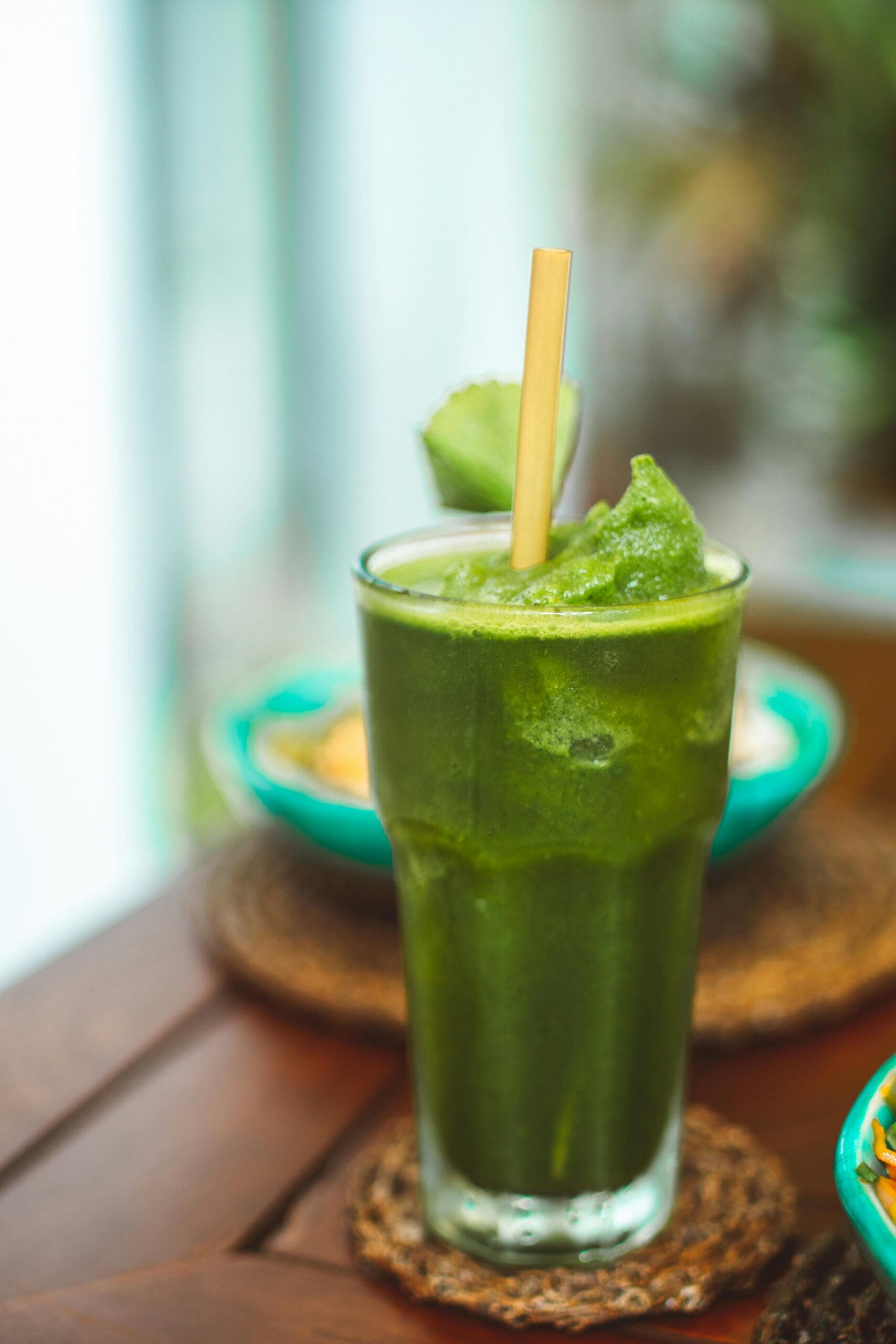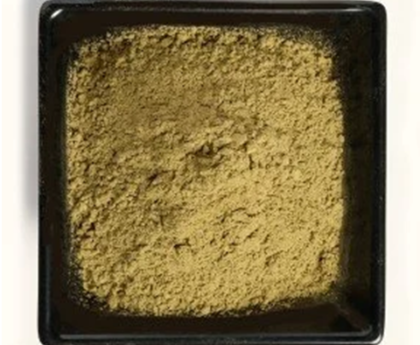Introduction
In today’s fast-paced world, staying healthy can sometimes feel challenging. People often skip meals, rely on processed snacks, or drink sugary beverages for quick energy. But there’s one option that combines nutrition, convenience, and great taste — the smoothie.
Smoothies are thick, creamy beverages made by blending fruits, vegetables, and other wholesome ingredients. Over the years, they’ve evolved from simple fruit drinks into powerful health boosters. Whether for breakfast, post-workout recovery, or a refreshing afternoon snack, smoothies fit every lifestyle.
This article explores the origins, types, benefits, and easy recipes of smoothies, as well as tips for making them healthier and more satisfying.
What Is a Smoothie?
A smoothie is a blended drink typically made from a mixture of fruits, vegetables, milk, yogurt, ice, or juice. The word “smoothie” comes from its creamy, smooth texture.
Unlike juices, which remove fiber from fruits and vegetables, smoothies retain all the natural goodness — including fiber, vitamins, and antioxidants. They are also highly customizable, allowing people to create unique flavors that suit their personal preferences or dietary needs.
The Origin of Smoothies
Smoothies became popular in the 1960s and 1970s, especially in the United States, when health food movements encouraged natural eating. However, their roots go much further back.
In tropical countries like Brazil, Indonesia, and India, people had already been blending fruits such as bananas, mangoes, and papayas for centuries. These traditional fruit drinks inspired the smoothie culture we know today.
The rise of smoothie bars and fitness lifestyles in the late 20th century transformed smoothies into a symbol of health, energy, and modern wellness.
Nutritional Benefits of Smoothies
Smoothies are much more than a tasty drink. When made with the right ingredients, they can deliver a powerful combination of nutrients that support your body in many ways.
1. Rich in Vitamins and Minerals
Smoothies made with fruits like oranges, berries, and kiwi are loaded with vitamin C, which helps strengthen the immune system. Leafy greens such as spinach and kale provide iron, calcium, and vitamin K, essential for bone and blood health.
2. Excellent Source of Fiber
Fiber supports digestion, prevents constipation, and helps you feel full longer. Blending whole fruits and vegetables retains their natural fiber content, making smoothies an excellent option for those trying to maintain a healthy digestive system.
3. Supports Weight Management
When used as meal replacements or snacks, smoothies can help manage weight. Adding ingredients like oats, chia seeds, and protein powder provides satiety without unnecessary calories.
4. Boosts Energy Naturally
Instead of relying on coffee or energy drinks, smoothies give you natural, lasting energy. The carbohydrates from fruits and the protein from yogurt or milk keep you energized throughout the day.
5. Hydrates the Body
Smoothies made with coconut water, milk, or fresh juice help maintain hydration levels — especially during summer or after workouts.
Types of Smoothies
Smoothies can be categorized based on their main ingredients and purpose. Here are some popular types:
1. Fruit Smoothies
The most common type, made primarily from fresh or frozen fruits. Common combinations include:
- Banana and strawberry
- Mango and pineapple
- Blueberry and peach
These smoothies are naturally sweet and full of antioxidants.
2. Green Smoothies
A favorite among health enthusiasts, green smoothies combine leafy greens like spinach, kale, or celery with fruits such as apples or bananas for balance. They detoxify the body and are rich in chlorophyll and fiber.
3. Protein Smoothies
Perfect for athletes or those building muscle, these smoothies include protein powder, Greek yogurt, peanut butter, or almonds. They promote muscle recovery and sustained energy.
4. Detox Smoothies
Designed to cleanse the body, detox smoothies use ingredients like cucumber, lemon, ginger, and parsley. These drinks support liver function and flush out toxins.
5. Dessert Smoothies
For those with a sweet tooth, dessert smoothies mimic treats like chocolate milkshakes but with a healthier twist. Common ingredients include cocoa powder, banana, almond milk, and honey.
How to Make the Perfect Smoothie
Creating the perfect smoothie is simple once you know the basic formula. Here’s a step-by-step guide:
Step 1: Choose Your Base
Start with a liquid base to help blend the ingredients smoothly. Good options include:
- Water or coconut water (for light smoothies)
- Milk or almond milk (for creamier texture)
- Yogurt (for extra thickness and protein)
Step 2: Add Fruits and Vegetables
Pick one or two fruits for flavor and sweetness. Add one vegetable, such as spinach or cucumber, to increase nutrition without overpowering the taste.
Step 3: Add a Protein Source
For a balanced meal, include a protein source:
- Greek yogurt
- Protein powder
- Nut butter
Step 4: Include Healthy Fats
Healthy fats keep you full longer and help absorb vitamins. Add a small portion of:
- Avocado
- Chia seeds
- Flaxseeds
Step 5: Blend and Adjust
Blend until smooth. If it’s too thick, add more liquid. If it’s too thin, add ice or more fruit. Taste and adjust sweetness with honey or dates if needed.
Easy Smoothie Recipes
1. Classic Banana-Berry Smoothie
Ingredients:
- 1 banana
- ½ cup mixed berries
- 1 cup almond milk
- 1 tablespoon honey
Instructions:
Blend all ingredients until smooth. Serve chilled.
2. Green Energy Smoothie
Ingredients:
- 1 cup spinach
- 1 apple (chopped)
- ½ banana
- 1 cup coconut water
- 1 teaspoon chia seeds
Instructions:
Blend until creamy and enjoy a nutrient-packed green drink.
3. Protein Power Smoothie
Ingredients:
- 1 scoop protein powder
- ½ banana
- 1 tablespoon peanut butter
- 1 cup milk
- Ice cubes
Instructions:
Blend for 30 seconds until frothy and enjoy after your workout.
4. Tropical Sunshine Smoothie
Ingredients:
- ½ cup pineapple
- ½ cup mango
- 1 orange (peeled)
- 1 cup yogurt
Instructions:
Blend until thick and creamy. Perfect for summer mornings.
Tips for a Healthier Smoothie
- Avoid added sugars: Use natural sweeteners like honey, dates, or ripe fruits.
- Watch portion sizes: Smoothies can be high in calories if overloaded with ingredients.
- Use frozen fruits: They give a thicker texture without needing ice.
- Experiment with spices: Add cinnamon, turmeric, or ginger for extra flavor and health benefits.
- Drink fresh: Smoothies taste best when consumed immediately after blending.
Smoothies for Every Lifestyle
Whether you’re a fitness enthusiast, busy professional, or student, smoothies fit easily into your routine:
- Morning boost: Replace your breakfast with a fruit-and-protein smoothie.
- Post-workout recovery: Blend protein powder and banana for muscle repair.
- Midday refreshment: A light green smoothie keeps you energized without caffeine.
- Kids’ nutrition: Hide vegetables in fruity blends for a tasty, healthy snack.
Environmental and Social Impact
Smoothies can also promote sustainability. Choosing locally grown fruits, seasonal produce, and reusable bottles helps reduce waste and carbon footprint. Many smoothie bars now emphasize eco-friendly practices and organic ingredients to support both health and the planet.
Conclusion
A smoothie is much more than a drink — it’s a celebration of health, taste, and creativity. Whether you’re blending fruits, greens, or proteins, smoothies make it easy to nourish your body and mind.
From boosting energy and immunity to satisfying your sweet cravings the natural way, smoothies prove that healthy living doesn’t have to be complicated.
So grab your blender, choose your favorite ingredients, and start creating your perfect smoothie today — one sip at a time!




